Exercise Northern Coasts 2025 concluded in Copenhagen on 14 September after two weeks of multinational naval training aimed at strengthening interoperability and security in the Baltic Sea, NATO stated.
The German-led exercise brought together around 8,400 personnel and 40 units from 14 nations, including Belgium, Canada, Denmark, Estonia, Finland, France, Germany, Latvia, Lithuania, the Netherlands, Poland, Sweden, the United Kingdom and the United States. Forces trained in underwater and above-water warfare, supported by surface ships, naval aviation, and security elements.
Rear Admiral Stephan Haisch, Commander Task Force Baltic, said in the press release: “We are pursuing the goal of strengthening the cooperation and military capabilities of the navies in the Baltic Sea. In doing so, we consistently rely on realistic threat scenarios from all dimensions: Air, land, water and cyber.”
Standing NATO Mine Countermeasure Group 1 (SNMCMG1), led by Commander Jānis Auce aboard LVNS Virsaitis (A53), took part in the exercise. SNMCMG1 units conducted ship defence drills against low, slow-flying aircraft and contributed to wider training serials.
Commander Auce commented: “I am convinced that during these two weeks, the task group has successfully completed an intensive and experience-filled training program. The training covered all important aspects of warfare. The exercise was designed so that every participating unit was able to acquire the precise skills and knowledge required to sustain and improve operational readiness. I am confident that after these hard two weeks, we are better and more confident than we were before.”
According to NATO, Northern Coasts has been held since 2007 and remains one of the largest multinational maritime exercises in the Baltic. The Alliance underlined that SNMCMG1 forms part of NATO’s standing maritime forces under Allied Maritime Command, providing a continuous capability for operational readiness and deterrence.


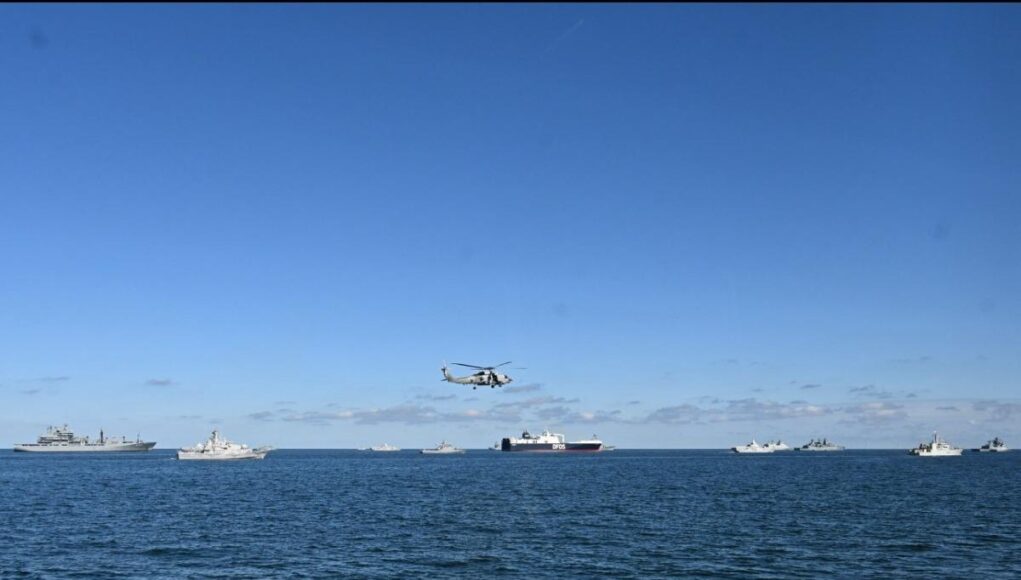

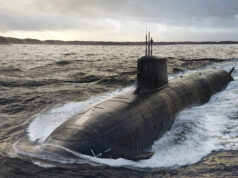

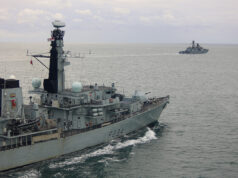
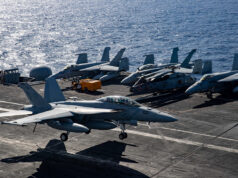


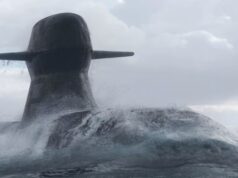



How about a submarine countermeasure exercise, since it is now publicly stated that Russia cut the undersea cables last year.